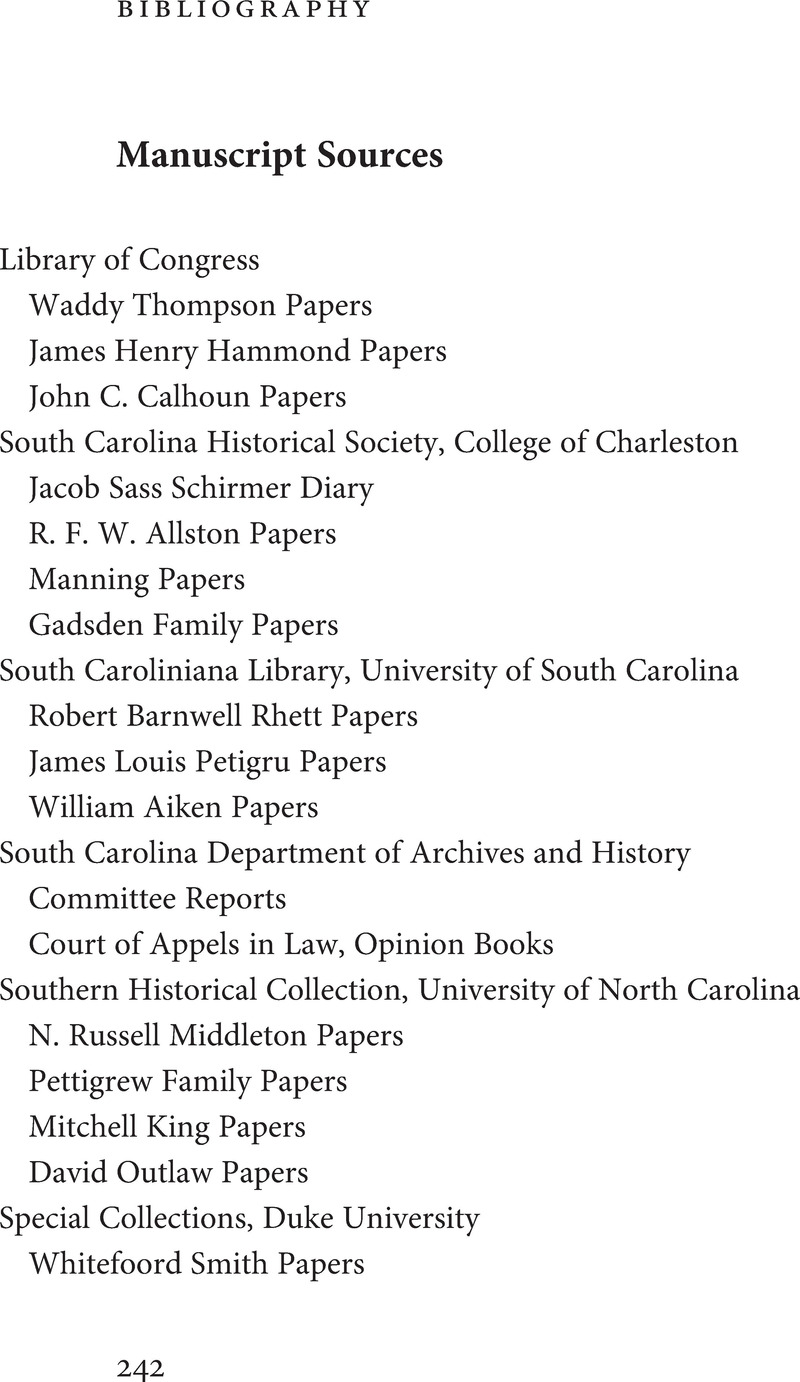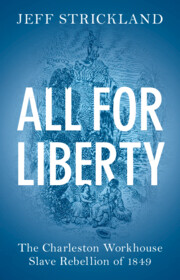Book contents
- All for Liberty
- All for Liberty
- Copyright page
- Dedication
- Epigraph
- Contents
- Figures
- Tables
- Acknowledgments
- Maps
- Introduction
- 1 Slave Insurrections in the Age of Revolutions
- 2 The Slave Workhouse
- 3 Urban Slavery
- 4 The Legal Implications of Slave Resistance
- 5 Rebellion at the Workhouse
- 6 Investigating the Rebellion
- 7 The Crisis of Fear in South Carolina
- Conclusion
- Notes
- Bibliography
- Index
- References
Bibliography
Published online by Cambridge University Press: 09 December 2021
- All for Liberty
- All for Liberty
- Copyright page
- Dedication
- Epigraph
- Contents
- Figures
- Tables
- Acknowledgments
- Maps
- Introduction
- 1 Slave Insurrections in the Age of Revolutions
- 2 The Slave Workhouse
- 3 Urban Slavery
- 4 The Legal Implications of Slave Resistance
- 5 Rebellion at the Workhouse
- 6 Investigating the Rebellion
- 7 The Crisis of Fear in South Carolina
- Conclusion
- Notes
- Bibliography
- Index
- References
Summary

- Type
- Chapter
- Information
- All for LibertyThe Charleston Workhouse Slave Rebellion of 1849, pp. 242 - 269Publisher: Cambridge University PressPrint publication year: 2021

